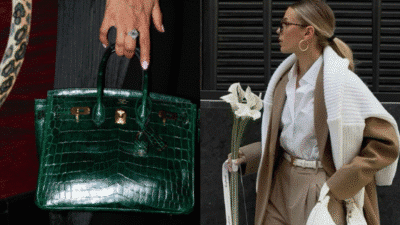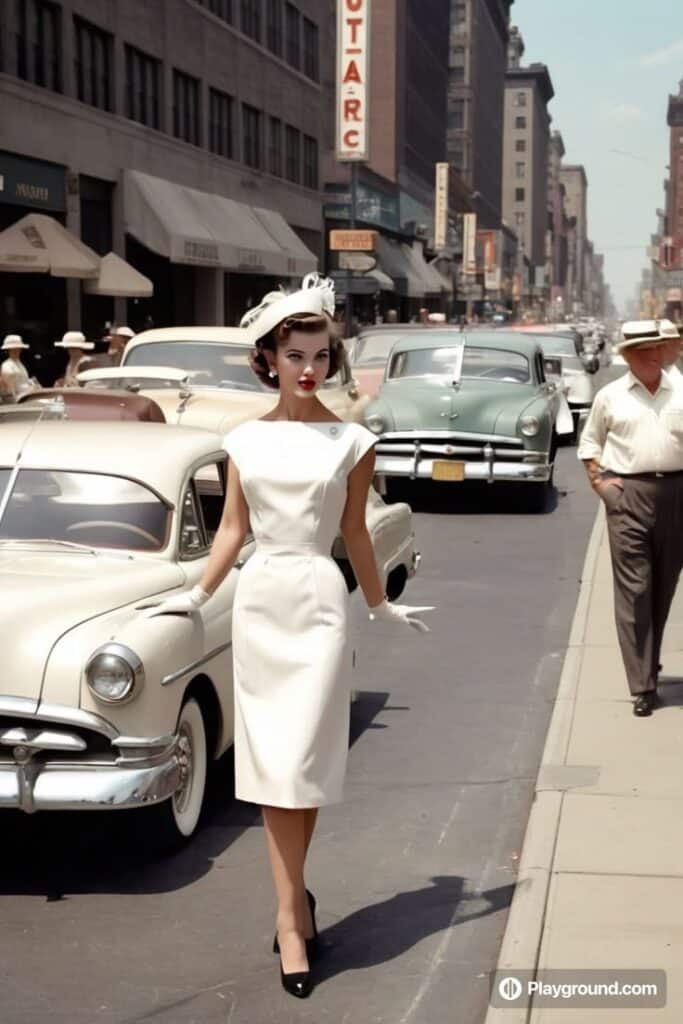
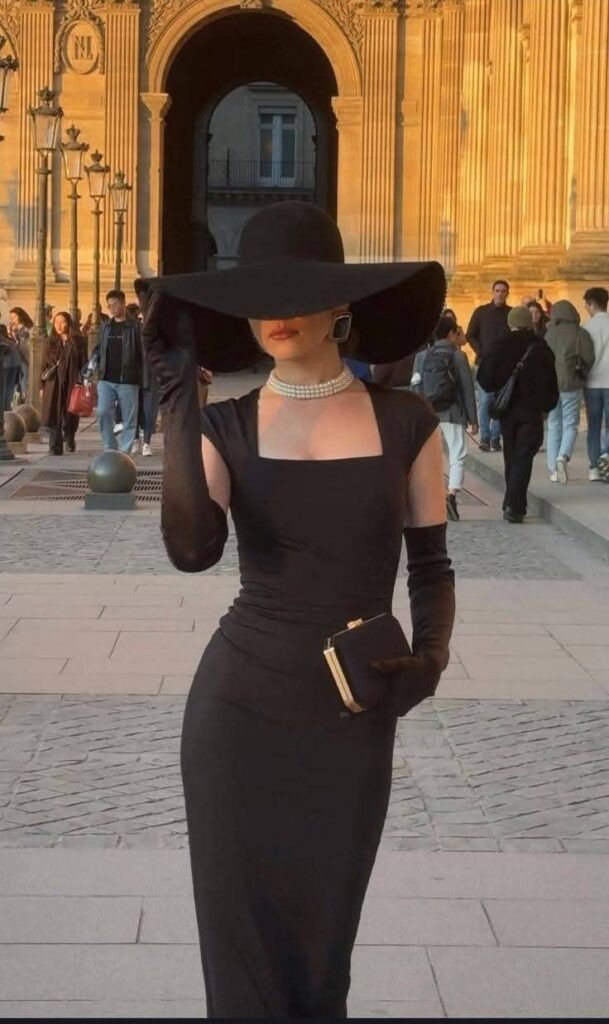
Retro style vintage dresses bring timeless charm and unique character to modern fashion. These dresses draw inspiration from past decades, featuring classic shapes, fabrics, and patterns that never go out of style. They offer a way to express personality through clothing that stands out from fast fashion trends.
Many retro dresses come from popular eras like the 1950s or 1970s, known for their flattering cuts and eye-catching prints. Wearing these dresses today connects people to history while allowing for fresh, creative styling. Finding the right vintage dress can add a special touch to any wardrobe.
Key Takeaways
- Retro dresses combine old styles with modern fashion.
- They feature classic cuts and unique patterns.
- Vintage dresses create a distinct and personal look.
What Are Retro Style Vintage Dresses?
Retro style vintage dresses combine old-fashioned charm with timeless fashion details. These dresses often draw from past decades, showing unique design features and distinct shapes.
Defining Retro and Vintage
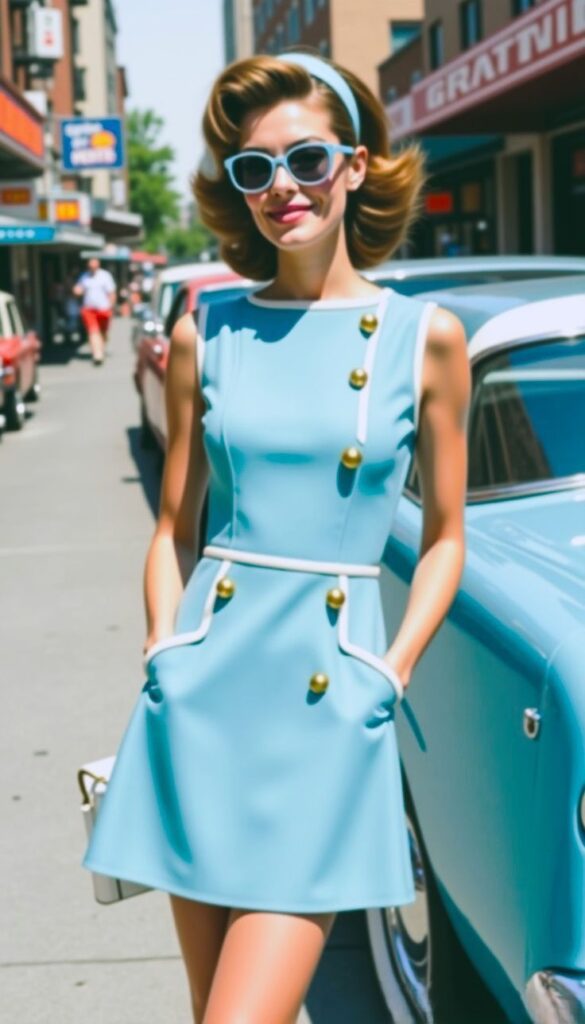
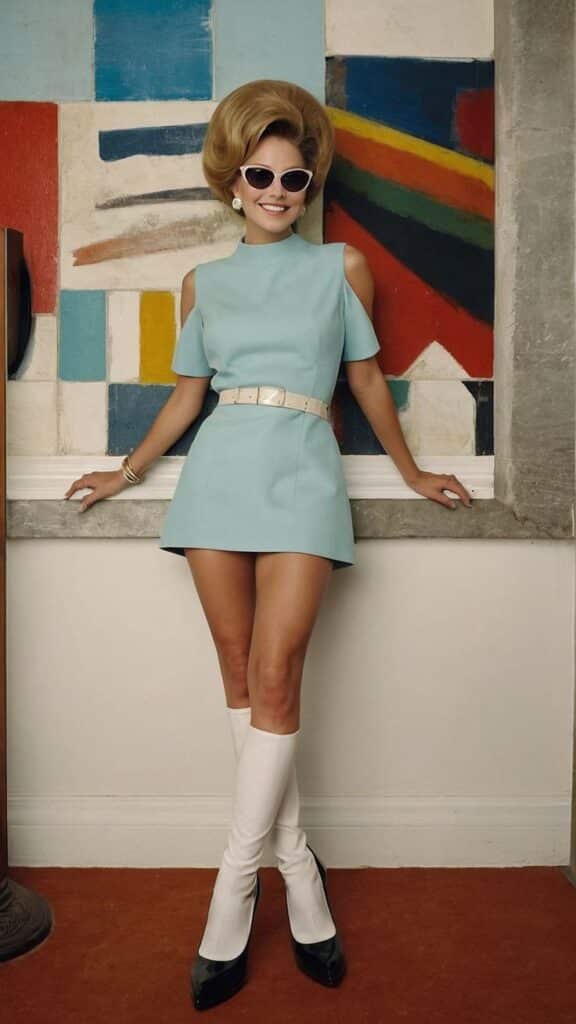
Retro means styles that copy or are inspired by trends from the past. It often refers to clothing that looks like it came from 20 to 50 years ago but may be newly made.
Vintage refers to original clothing from a previous era, usually at least 20-30 years old. Vintage dresses are authentic pieces, not modern copies.
Both terms point to fashions from earlier times, but retro is about revival or imitation, while vintage means the real thing.
Key Characteristics

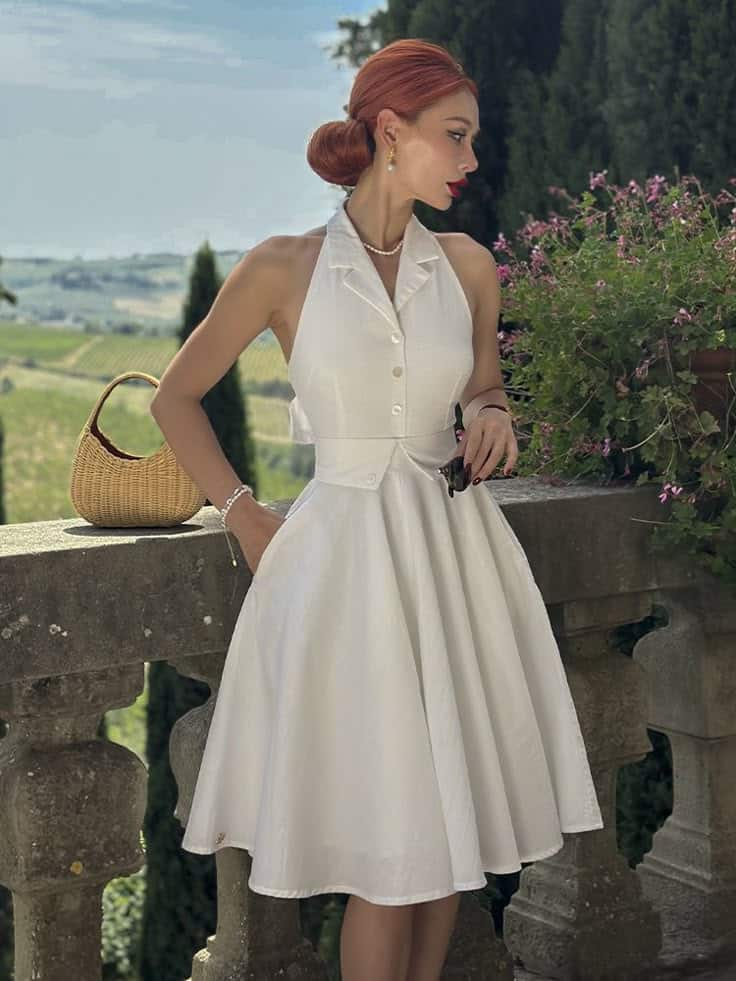
Retro style vintage dresses usually have distinct silhouettes like full skirts, fitted waists, and classic necklines.
Common fabrics include cotton, silk, and polyester blends. Patterns often feature polka dots, florals, and geometric shapes.
Colors range from pastels to bright hues, depending on the decade they mimic.
Details like buttons, collars, ruffles, and bows help define the look. These dresses often emphasize femininity and elegance.
Difference Between Retro and Modern Dresses


Retro dresses focus on styles from past decades, keeping their unique shapes and patterns.
Modern dresses tend to have simpler cuts and less decoration for practicality and comfort.
Retro styles sometimes use heavier fabrics and structured designs, while modern trends favor stretchy, lightweight materials.
The fit of retro dresses often highlights the waist and hips, unlike many modern dresses which may have a looser fit.
Popular Eras and Fashion Influences
Vintage dresses often draw from distinct decades, each with unique styles and key features. These eras show how culture and trends shaped the look of dresses in different ways. Details like fabric, cut, and decoration reveal much about the fashion of the time.
1920s Flapper Styles
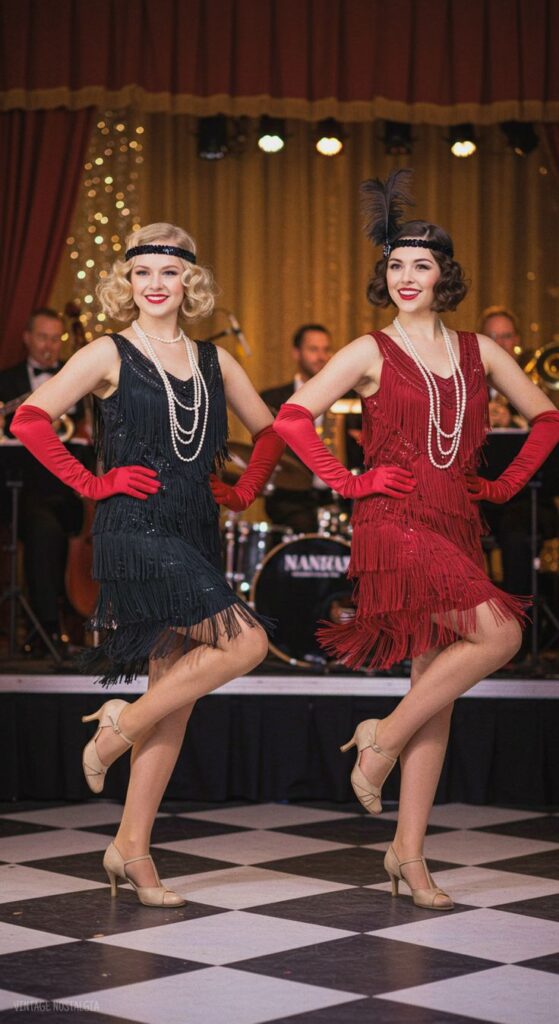
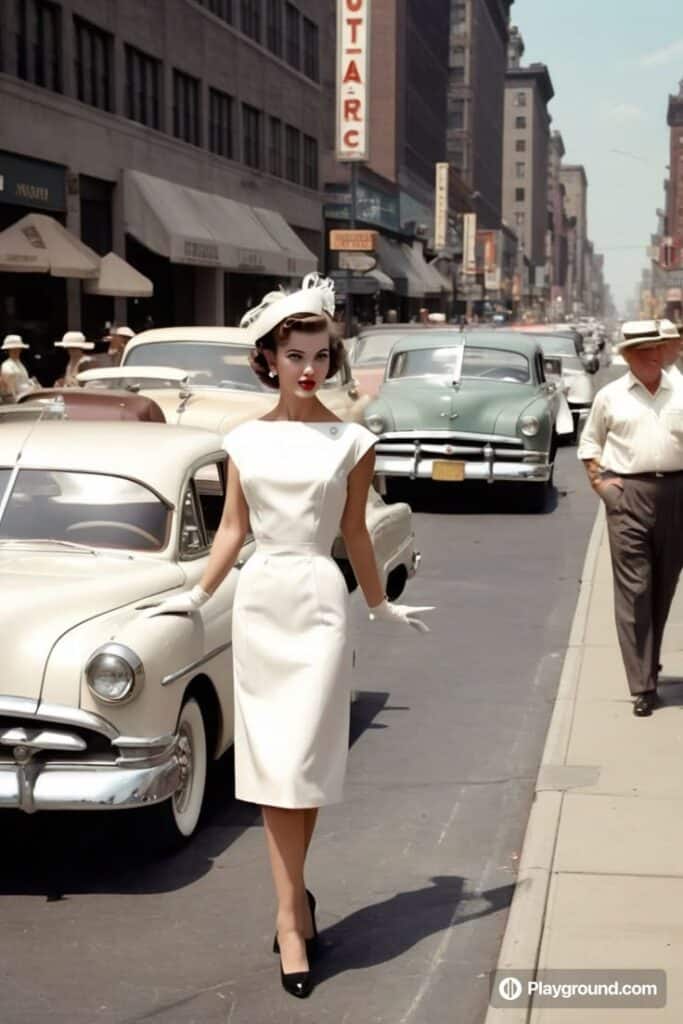
The 1920s featured flapper dresses that challenged previous fashion rules. These dresses were loose and dropped at the waist, allowing freedom of movement. They often had knee-length hemlines, a rare choice then, reflecting a break from modesty.
Beading, sequins, and fringe were common decorations. The designs were meant to dazzle in low light while dancing. Sleeveless styles and dropped waistlines emphasized a youthful, energetic look popular among young women.
Accessories like long pearl necklaces and cloche hats completed the outfit. The 1920s flapper style symbolizes liberation and modernity in women’s fashion through its bold departure from tradition.
1950s Rockabilly Fashion
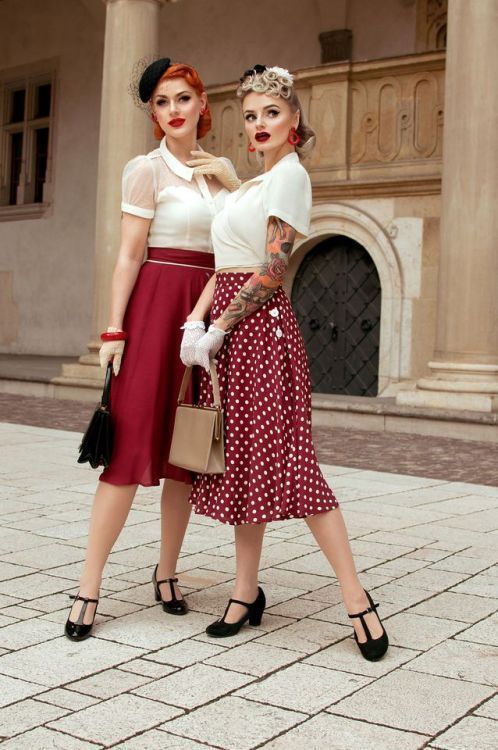

The 1950s rockabilly dresses are known for their full skirts and fitted bodices. These dresses often had cinched waists to highlight an hourglass figure. Patterns like polka dots, checks, and florals were popular, adding a playful touch.
Materials such as cotton and satin were used for comfort and shine. The skirt length usually fell below the knee, creating a flattering silhouette. Many dresses included petticoats underneath to give volume.
Rockabilly fashion also drew from American pop culture, mixing edgy and classic elements. It appealed to young women who wanted a fun, feminine yet rebellious look.
1970s Boho Chic
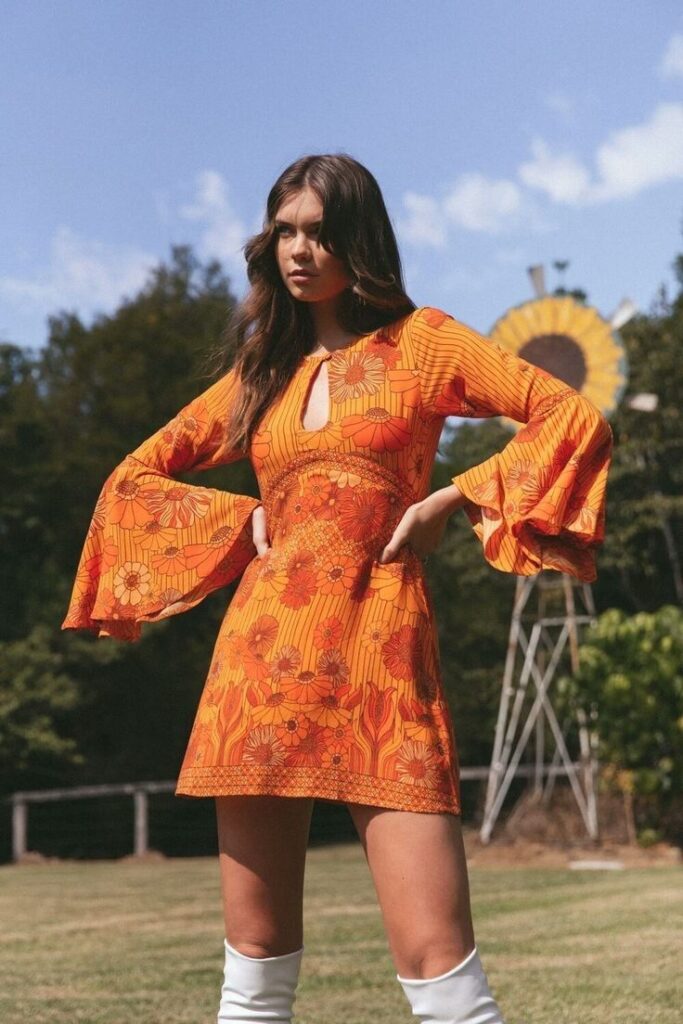

The 1970s boho chic style embraced natural fabrics and loose fits. Dresses were often long, flowing, and made from materials like cotton, silk, or velvet. Earth tones and floral prints were common.
Details such as lace, embroidery, and fringes gave dresses a handcrafted feel. The style rejected tight, structured shapes in favor of comfort and individuality. Necklines could be wide or deep, often paired with bell sleeves.
Boho chic reflected the counterculture movement, focusing on freedom and nature. It remains popular for its relaxed yet artistic vibe.
Classic Silhouettes and Fabrics
Vintage dresses often focus on shapes that highlight the waist and offer varying skirt lengths. The materials used also play a key role in how these dresses look and feel. These dresses combine specific cuts with fabrics to create timeless styles.
A-Line and Swing Dresses
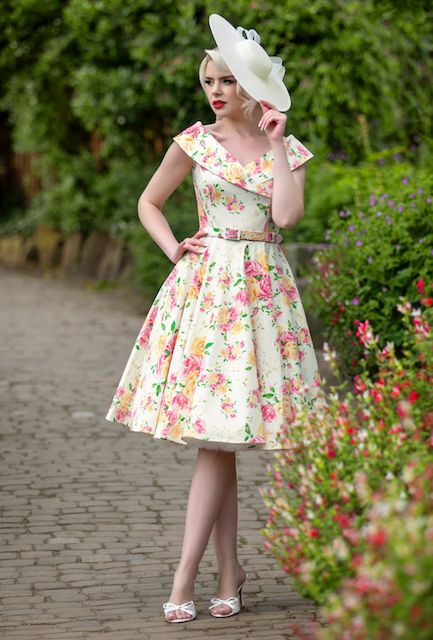

A-line dresses have a fitted waist that gently flares out to the hem, forming a triangle shape. They are flattering for many body types because they emphasize the waist while allowing freedom of movement. Swing dresses are similar but usually have more volume and a wider skirt, often created by multiple layers or gathered fabric.
These styles were popular in the 1940s and 1950s. They are comfortable for casual wear and special occasions. The flowing shapes give a feminine, relaxed vibe but still maintain structure.
Wiggle and Pencil Dresses
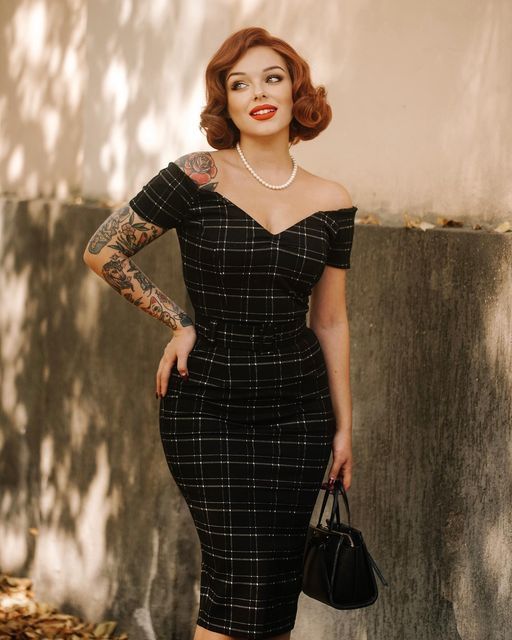
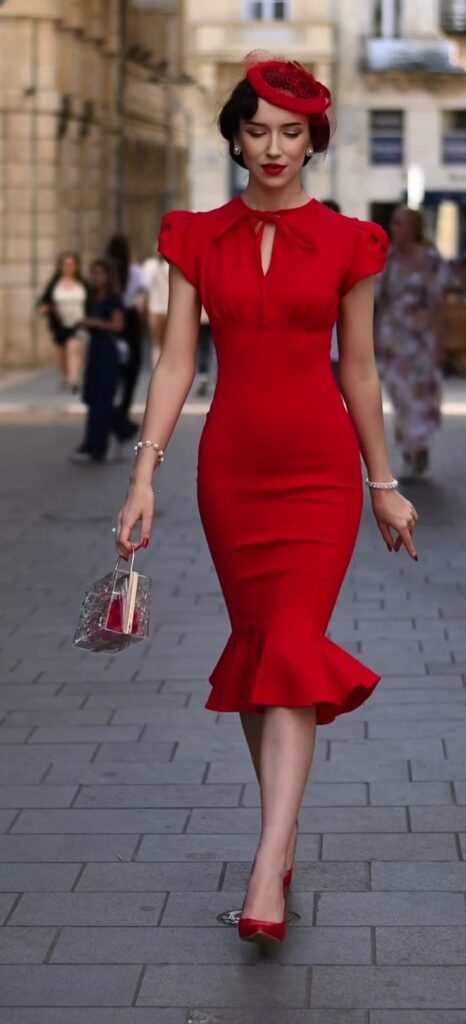
Wiggle dresses are designed to hug the body tightly from the bust to the knees. They emphasize curves and often include a slit at the back or side to allow more movement. Pencil dresses also have a slim fit but typically end around the knee.
Both styles became popular in the 1950s. They create a sleek and polished look. These dresses are often chosen for formal events or professional settings because of their sharp, tailored appearance.
Common Vintage Materials

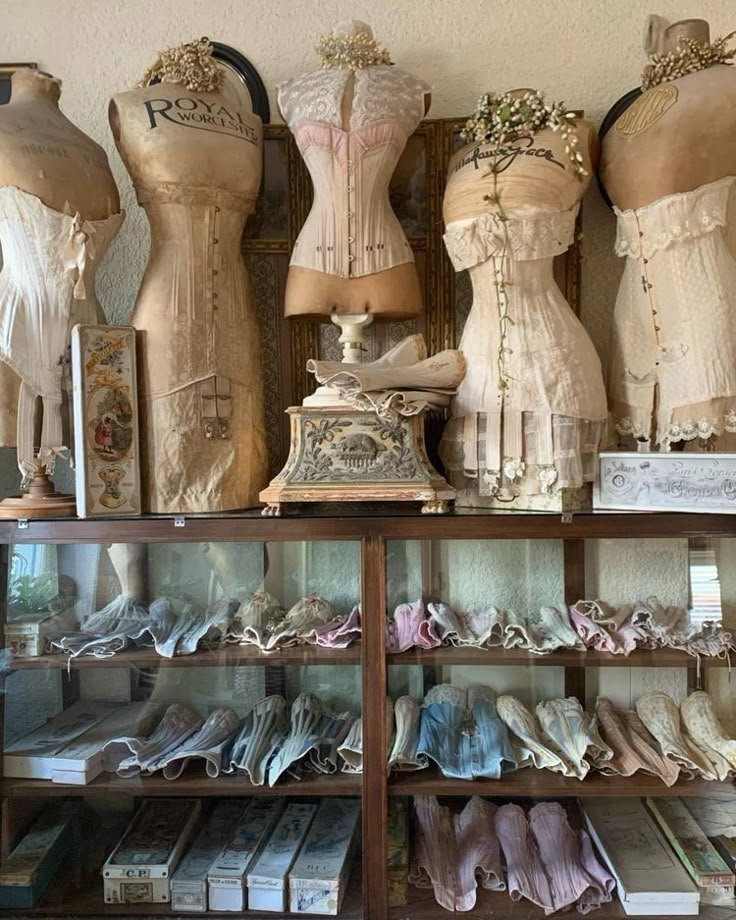
Vintage dresses are made from materials that provide structure and comfort. Cotton is widely used for casual and summer dresses since it is breathable. Wool and tweed appear in cooler seasons for warmth and durability.
Other materials include silk and rayon, which give a soft feel and a subtle shine. Satin and velvet are common for evening dresses as they add elegance. Many vintage fabrics were heavier than modern ones, which helped create smooth and flattering shapes.
Signature Patterns and Prints
Retro style vintage dresses are known for their bold and distinct patterns. These patterns often bring out a playful or classic feel with strong visual appeal. Key styles include lively prints and timeless checks that add character to each dress.
Polka Dots and Florals
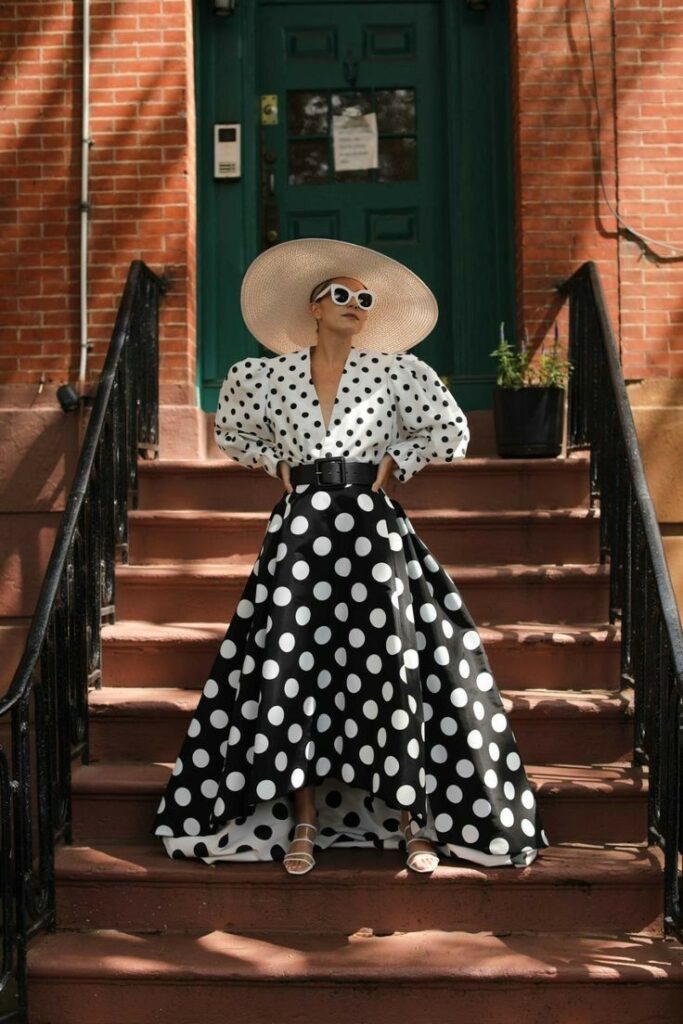

Polka dots are a signature of vintage fashion, often appearing in various sizes and colors. Small, regular dots give a subtle look, while larger dots create a bolder statement. This pattern is versatile and works well on dresses with simple cuts or full skirts.
Floral prints in vintage dresses range from tiny, delicate blossoms to large, dramatic flowers. They often feature bright colors or pastel shades. Florals add a feminine touch and are frequently paired with ruffles, bows, or lace detailing.
Plaids and Checks
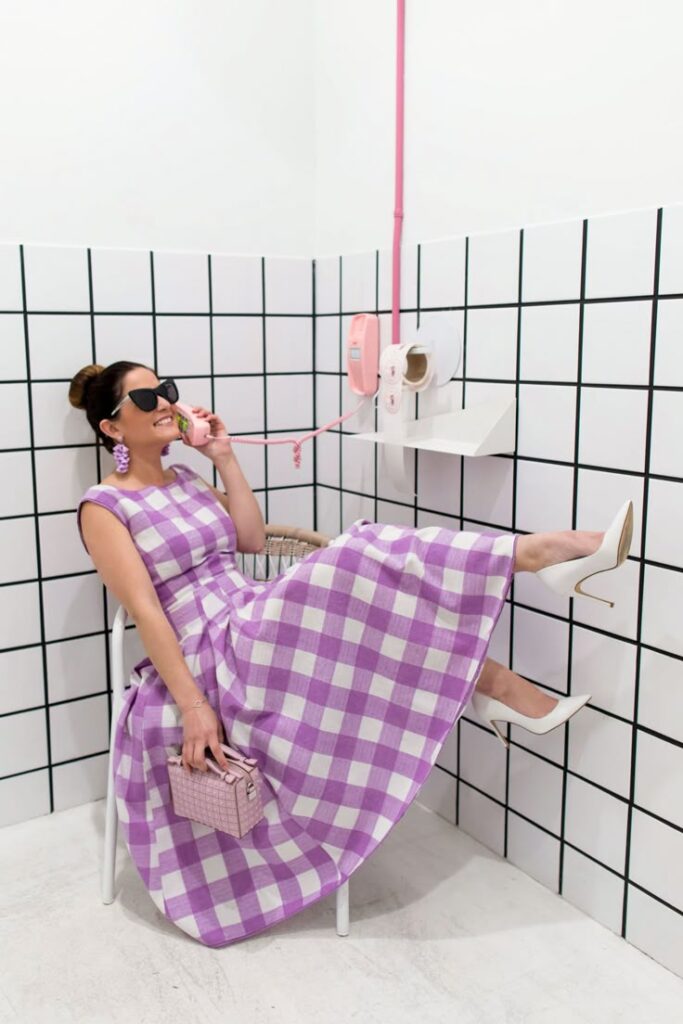
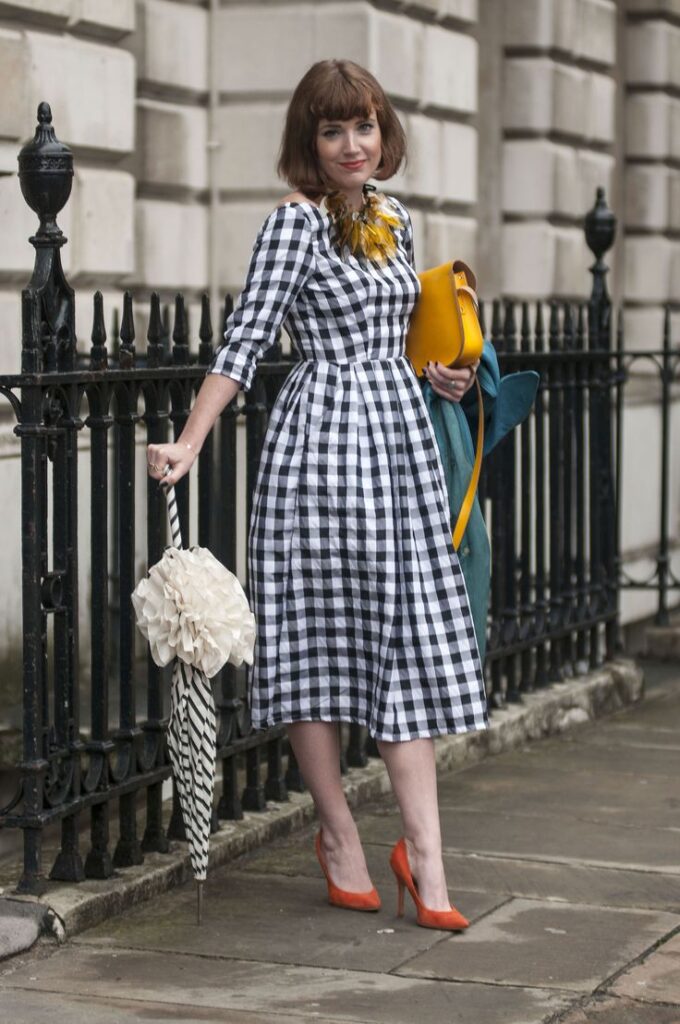
Plaids and checks are classic prints that bring structure and style to retro dresses. They commonly use contrasting colors like red and black or navy and white. These patterns often emphasize the waist or shoulders through the dress design.
The size of the checks can vary, with smaller gingham checks for a softer look and larger plaids for a stronger visual impact. These prints suit dresses designed for casual or semi-formal occasions and maintain a timeless appeal.
Accessorizing Retro Style Vintage Dresses
Accessorizing vintage dresses well helps complete the look and highlights the era’s charm. Shoes, bags, hats, hairpieces, and jewelry all play important roles. Choosing the right pieces can enhance the outfit without overpowering it.
Shoes and Handbags
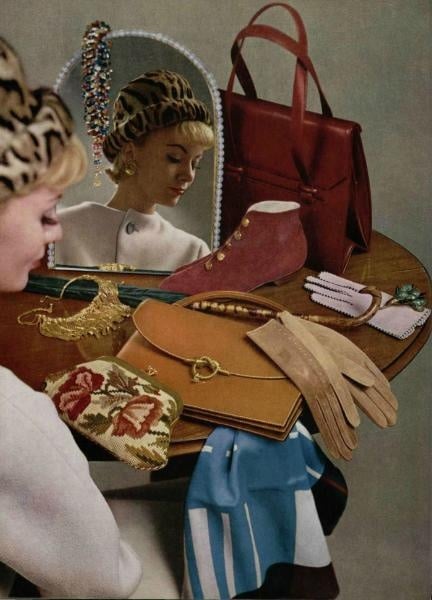
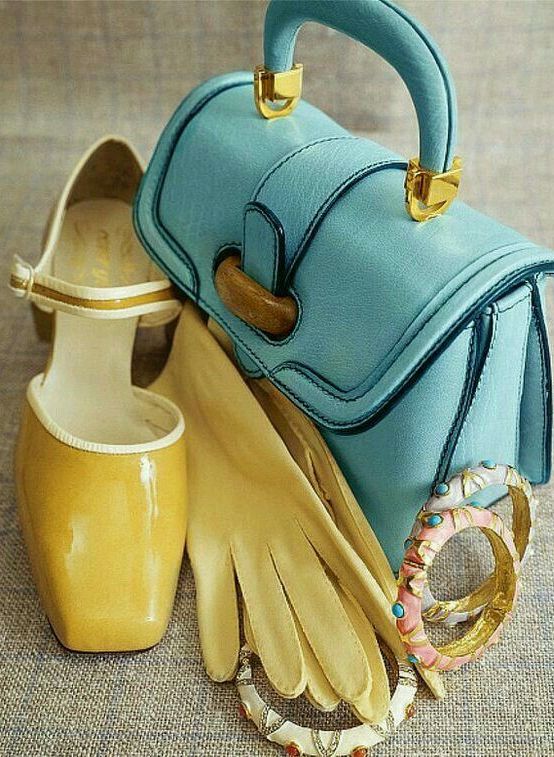
Choosing shoes that match the style and color of the dress is key. For 1950s-style dresses, classic pumps with pointed or rounded toes work well. Low heels or kitten heels are good for comfort and vintage flair. Colors like black, white, or red are popular choices.
Handbags should be small to medium size and structured. Boxy bags with metal clasps or kiss-lock frames fit many vintage styles. Simple leather or patent finishes suit both day and evening looks. Avoid oversized or modern styles that clash with the retro vibe.
Hats and Hair Accessories
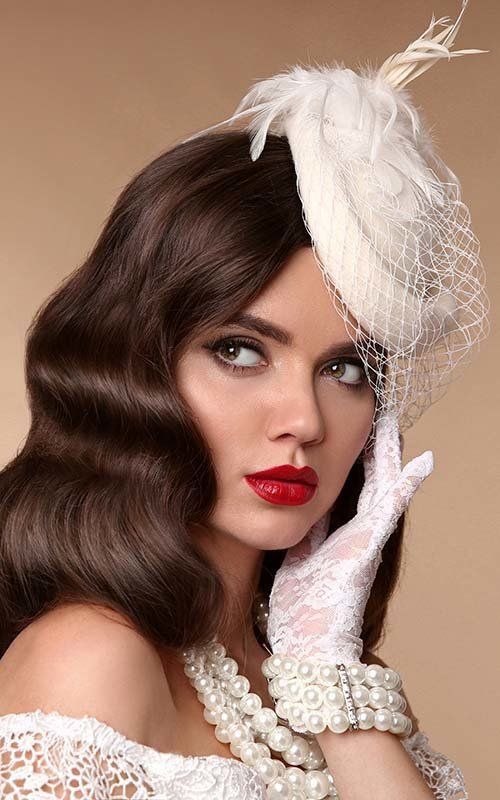

Hats add a unique touch to vintage dresses, especially styles like pillbox hats, berets, or wide-brimmed hats. These choices reflect different decades, from the 1940s to 1960s. Simple colors or subtle patterns work best to keep the look balanced.
Hair accessories include headbands, scarves, and decorative clips. For curls or updos typical of vintage fashion, flower pins or beaded barrettes add charm. The key is not to over-accessorize; a single hairpiece usually suffices.
Jewelry Selections
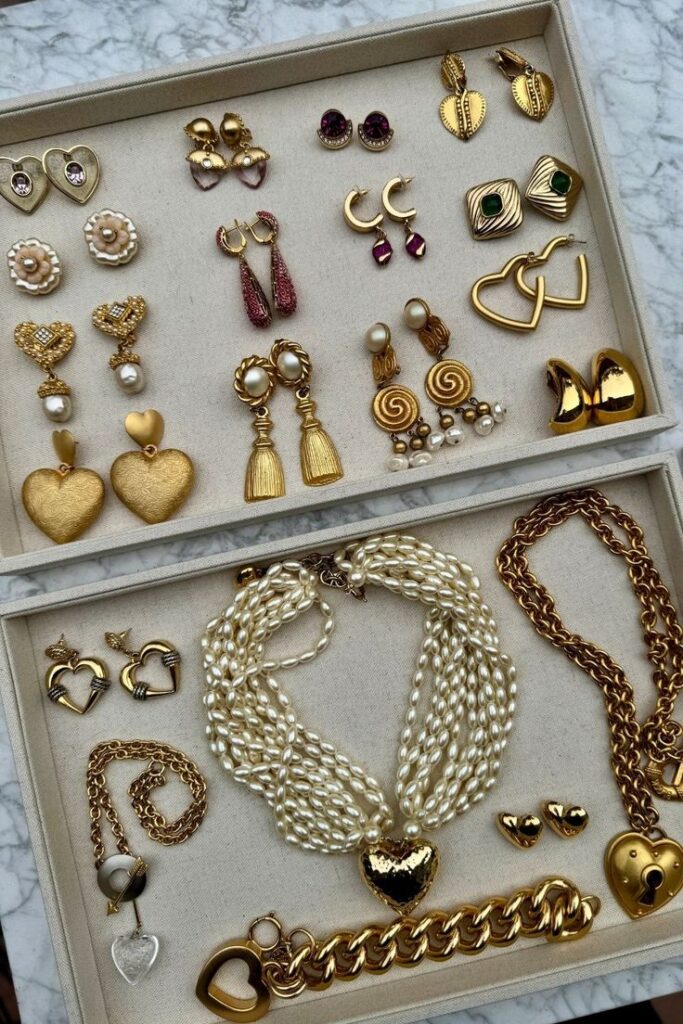
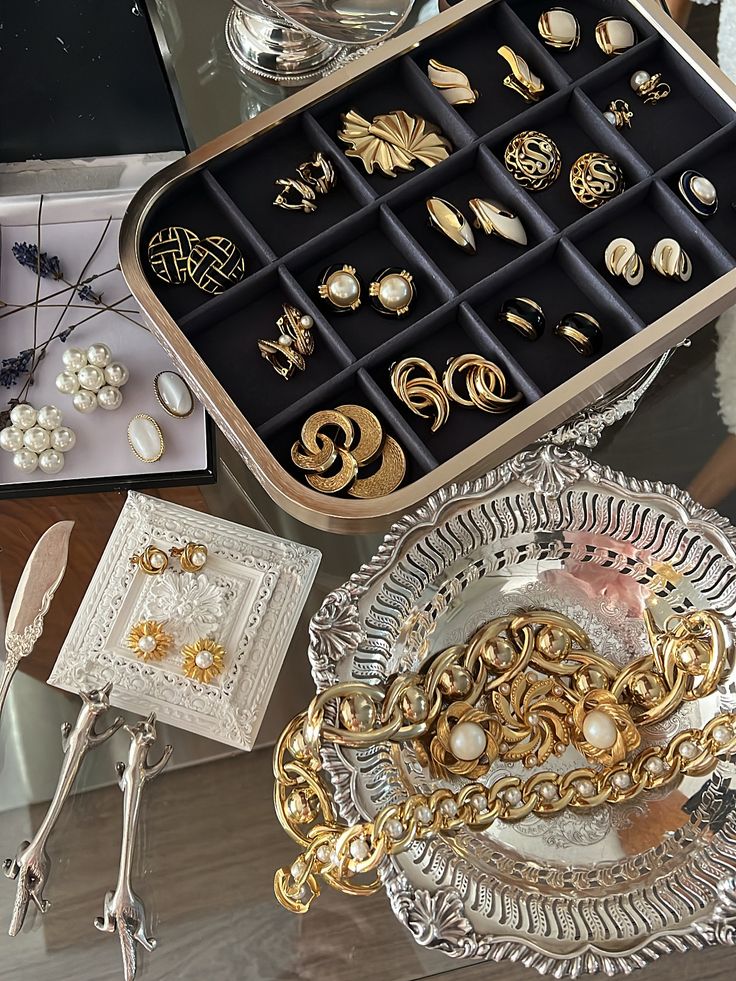
Jewelry for retro dresses should be bold but tasteful. Pearls are classic and suit many vintage looks, especially shorter, single or double strands. Clip-on earrings with floral or geometric designs are good options for those without pierced ears.
Brooches can be pinned on the dress or a jacket for flair. Avoid modern, flashy jewelry to keep authenticity. Instead, focus on pieces that complement colors and patterns without stealing attention from the dress.
How to Style Retro Vintage Dresses Today
Styling retro vintage dresses can blend old and new trends smoothly. It involves mixing pieces, adapting to the seasons, and choosing the right look for different events. These steps keep the style fresh and wearable.
Mixing Modern and Vintage

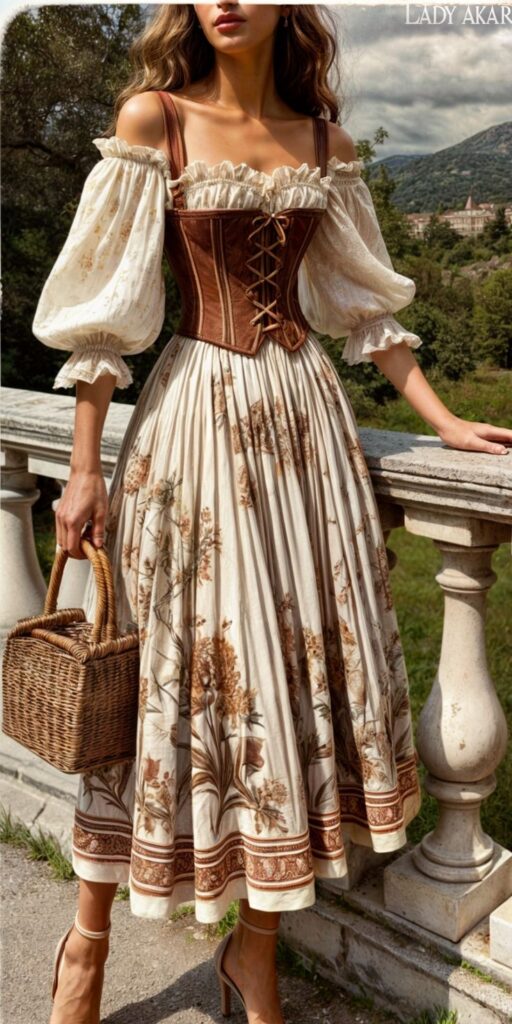
Pairing a vintage dress with modern items helps update the look. For example, a 1950s fit-and-flare dress works well with white sneakers or a leather jacket. This adds comfort and edge.
Accessories also play a role. Simple gold jewelry or a sleek handbag balances the vintage softness. Avoid too many vintage accessories to keep the outfit current.
Makeup and hair can be modern too. A clean, natural look or a trendy hairstyle prevents the outfit from feeling too costume-like.
Seasonal Styling Tips
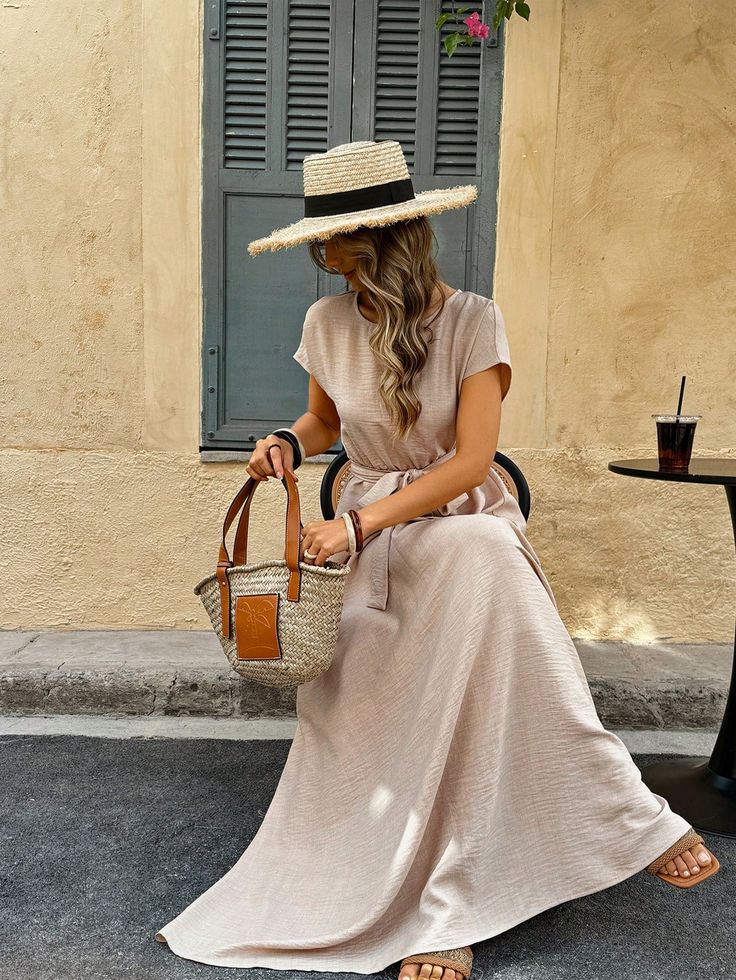
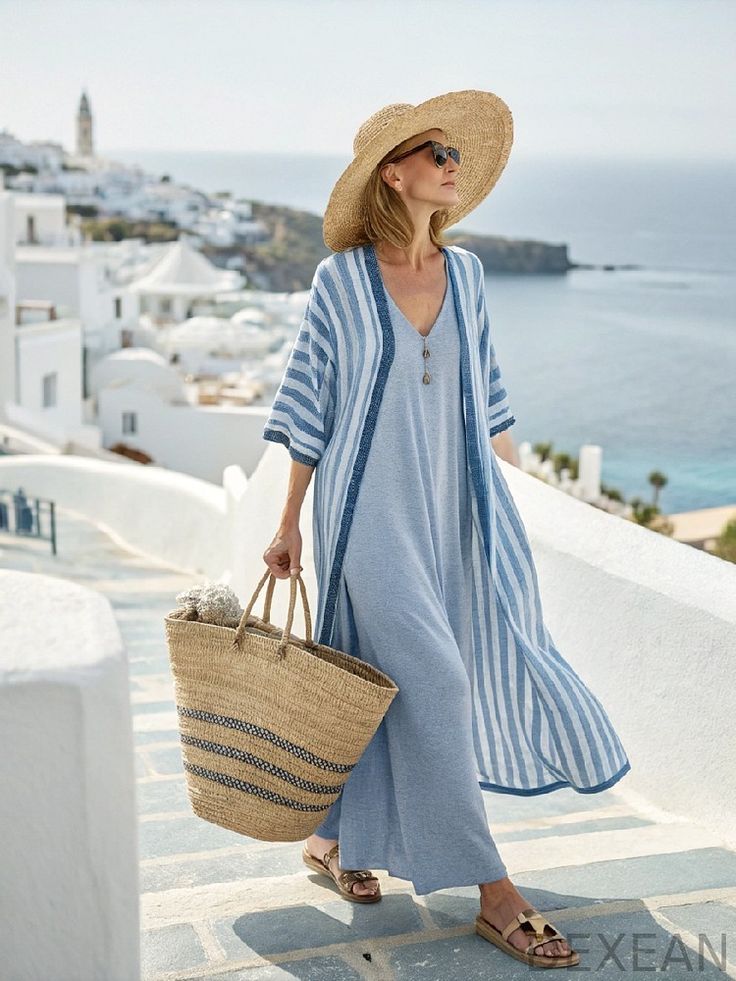
In warmer months, wear vintage dresses with light sandals or espadrilles. A wide-brimmed hat or sunglasses enhances the summer vibe. Choose breathable fabrics like cotton or linen for comfort.
For cooler weather, layer with tights, a turtleneck under the dress, or a tailored blazer. Boots, especially ankle or knee-high, complement many vintage styles.
Outerwear like trench coats or wool peacoats pairs well without hiding the dress shape. Scarves or gloves add warmth and style during fall and winter.
Occasion-Based Looks
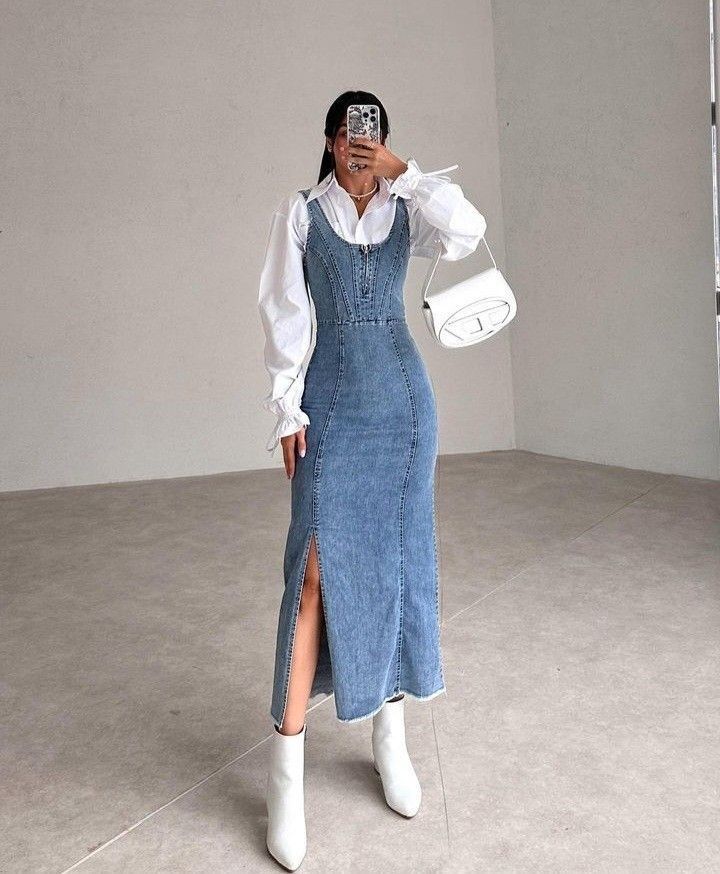
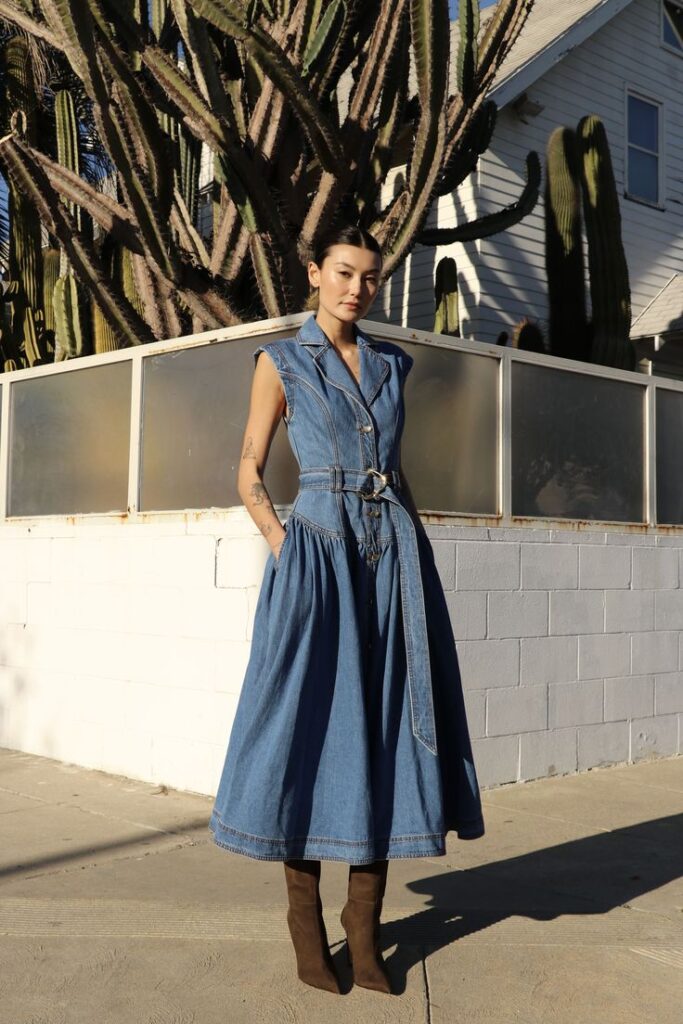
Different events call for specific styling choices. For casual outings, combine a vintage dress with flats and a denim jacket. Keep jewelry minimal.
For work, select dresses with modest necklines and longer hems. Pair with classic pumps and a structured bag for professionalism.
Evening looks use richer fabrics or added accessories like statement earrings. Heels and a clutch make vintage dresses more formal. Hair and makeup can be more polished for special occasions.
Where to Buy Authentic and Inspired Pieces
Many places offer retro style vintage dresses, from specialized stores to casual markets. Each option gives different chances to find unique styles and price points.
Vintage Boutiques
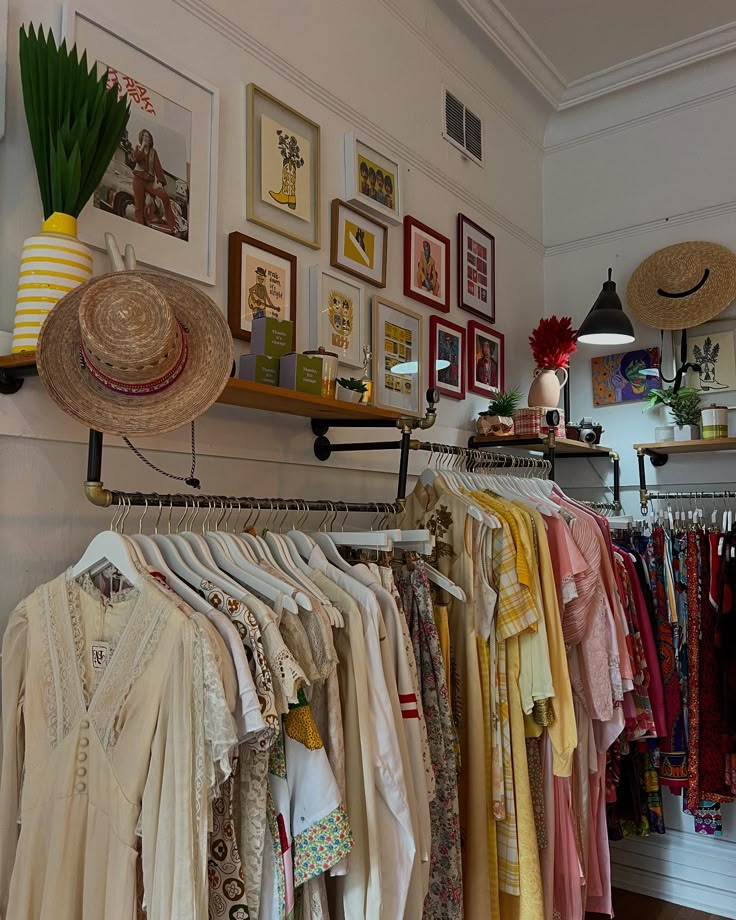
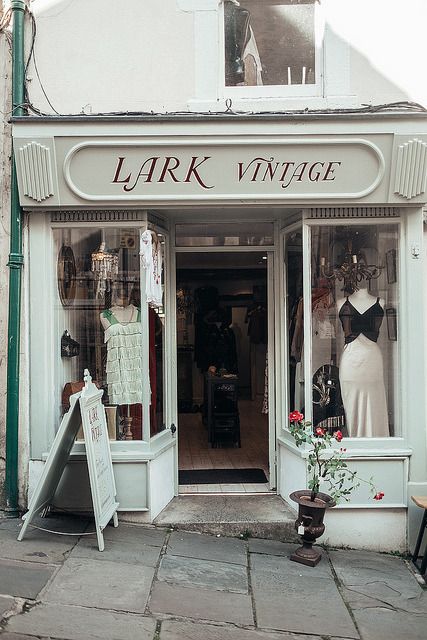
Vintage boutiques focus on carefully selected dresses from past decades. They often have high-quality pieces in good condition. The staff usually knows about fashion history and can help find authentic items from the 1940s to the 1980s.
Prices can be higher in boutiques because of the rarity and condition of the dresses. Some boutiques specialize in certain eras or styles, like 1950s swing dresses or 1970s boho looks. It’s a good choice for those who want well-preserved, authentic vintage outfits.
Online Shops


Online shops provide a wide range of retro dresses, both vintage and vintage-inspired. Websites like Etsy, eBay, and dedicated vintage retailers offer global access. Buyers should check detailed photos and seller ratings to avoid low-quality or fake items.
Many sellers offer reproduction dresses made to look like vintage styles but with modern fabrics. These inspired pieces are often cheaper and come in current sizing. Online shopping is convenient but requires patience and care in reading descriptions.
Thrift Stores and Markets

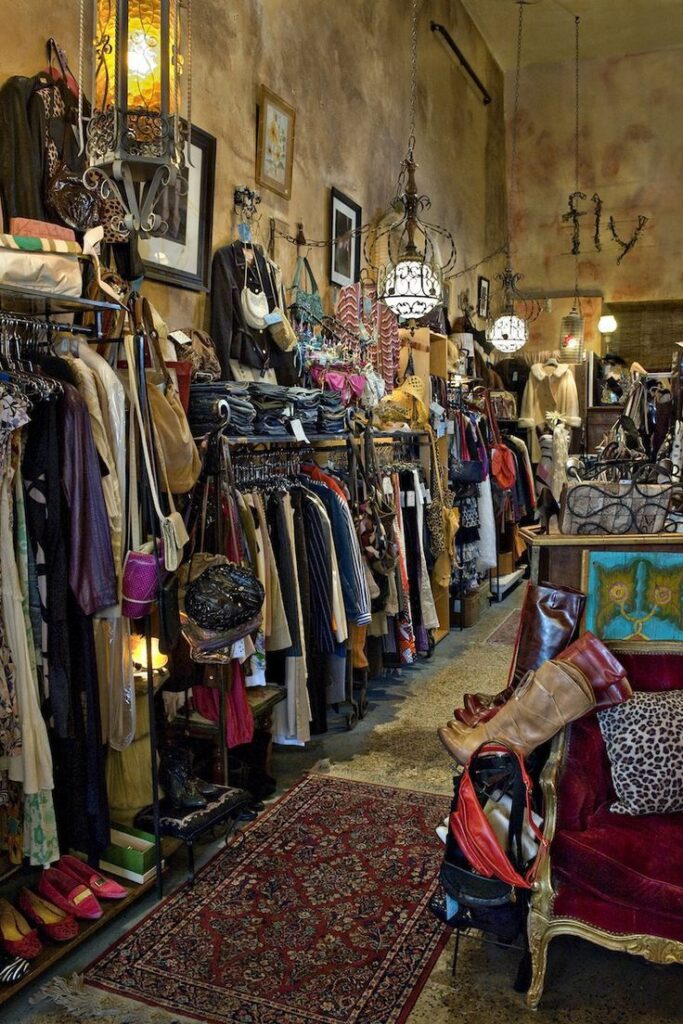
Thrift stores and local markets are treasure troves for vintage dress hunters. Prices are usually lower, but quality and authenticity vary. Buyers often need to search carefully and try on multiple items.
Markets such as flea markets and vintage fairs sometimes have rare finds. They provide chances to negotiate prices. This option suits those who enjoy hunting for unique pieces in person and can spot hidden gems.
Caring for and Preserving Vintage Dresses
Vintage dresses need special care to keep their color, shape, and fabric safe. Proper cleaning and storage can stop damage. Fixing small tears or loose threads right away helps the dress last longer.
Cleaning and Storage Advice
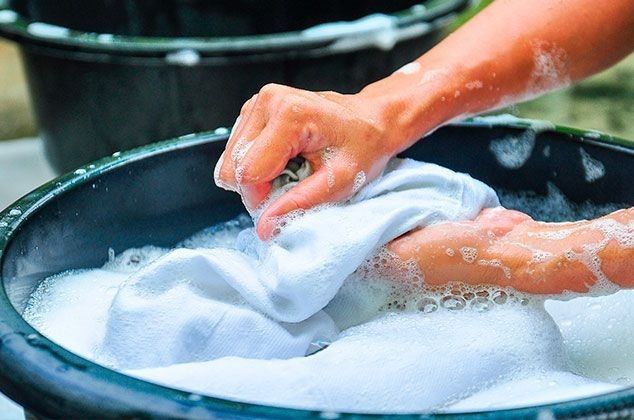
Vintage dresses should never be washed in a regular machine. Hand wash gently in cold water with a mild detergent. Avoid bleach and strong chemicals that can harm delicate fabrics.
For drying, lay the dress flat on a clean towel. Avoid hanging it while wet, which can stretch out the fabric. Keep the dress away from direct sunlight to stop fading.
Store vintage dresses in breathable garment bags made of cotton. Avoid plastic bags because they trap moisture. Use padded hangers for support or store dresses folded in acid-free tissue paper to protect seams and fabric.
Mending and Restoration Tips

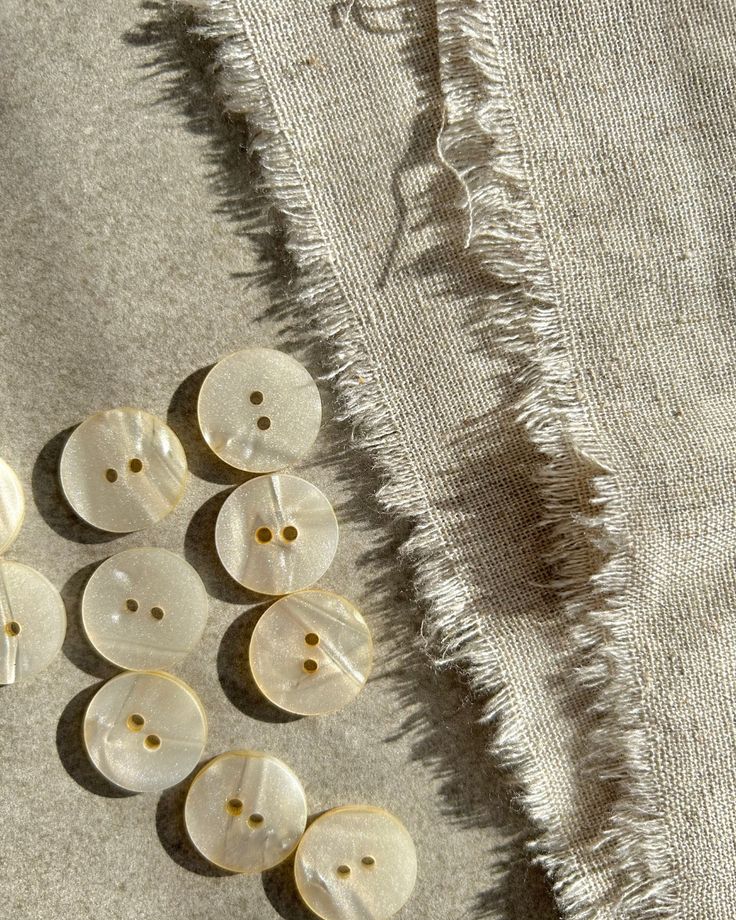
Small tears and loose buttons should be repaired as soon as possible. Use fine thread in a color that matches the fabric to make repairs less visible. Avoid thick or brightly colored thread.
For stronger damage, like large holes or broken zippers, consult a professional who specializes in vintage clothing. They know how to fix problems without losing the dress’s original look.
Keep any original buttons or fabric scraps. These can help in future repairs, matching the vintage style perfectly. Regular checks for damage prevent bigger problems later.
Why Choose Retro Style Vintage Dresses?
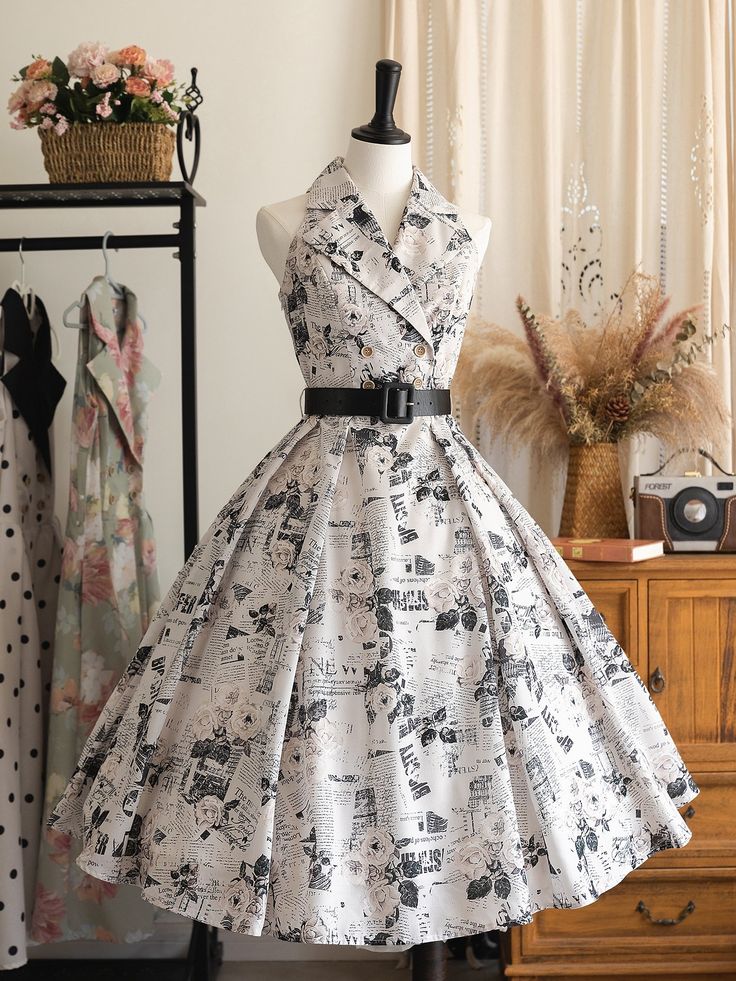
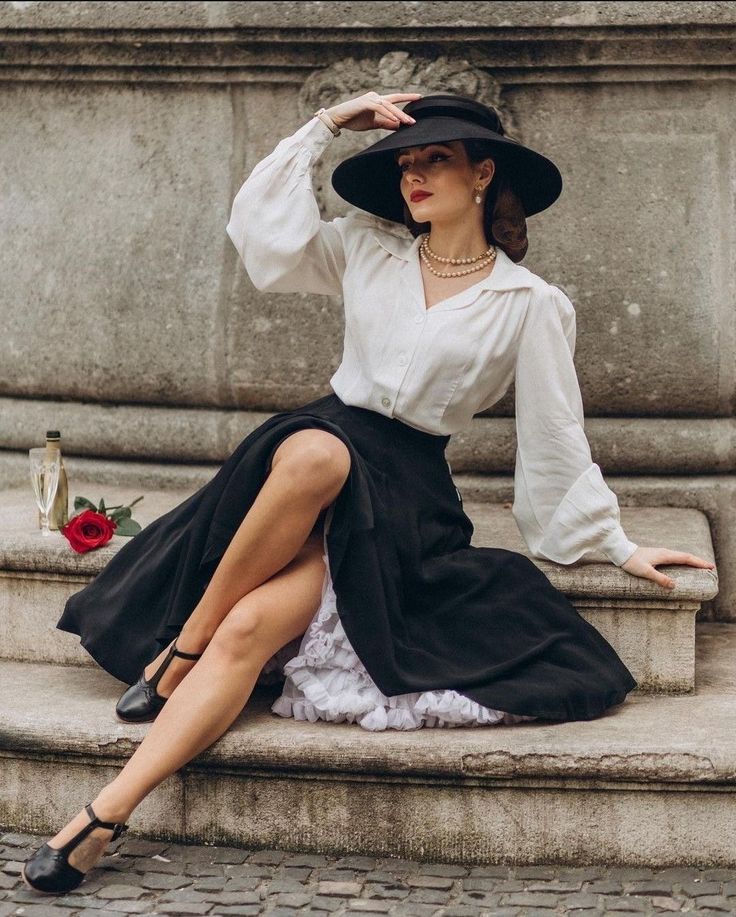
Retro style vintage dresses bring a unique charm that sets them apart from modern clothing. They often feature classic cuts and patterns not commonly found today. This makes them a great choice for those who want to stand out.
These dresses also show a strong connection to the past. Wearing one can feel like a nod to a different time, offering a sense of nostalgia for many people. This makes them both stylish and meaningful.
Another reason to choose retro dresses is their quality. Many vintage pieces were made with durable fabrics and careful stitching. This means they can last for years when properly cared for.
Benefits of Retro Vintage Dresses:
| Benefit | Details |
|---|---|
| Unique Style | Designs not seen in today’s trends |
| Quality Construction | Often made from strong materials |
| Nostalgic Appeal | Connects wearer to past eras |
| Eco-Friendly Fashion | Encourages reuse and less waste |
People also appreciate the variety in retro styles. Each era has its own look, from the flared skirts of the 1950s to the simple lines of the 1970s. This variety allows individuals to choose something that fits their taste perfectly.
Finally, vintage dresses can be a smart choice for special occasions. They bring a timeless elegance without relying on current fashion fads.
- 113shares
- Facebook0
- Pinterest113
- Twitter0



